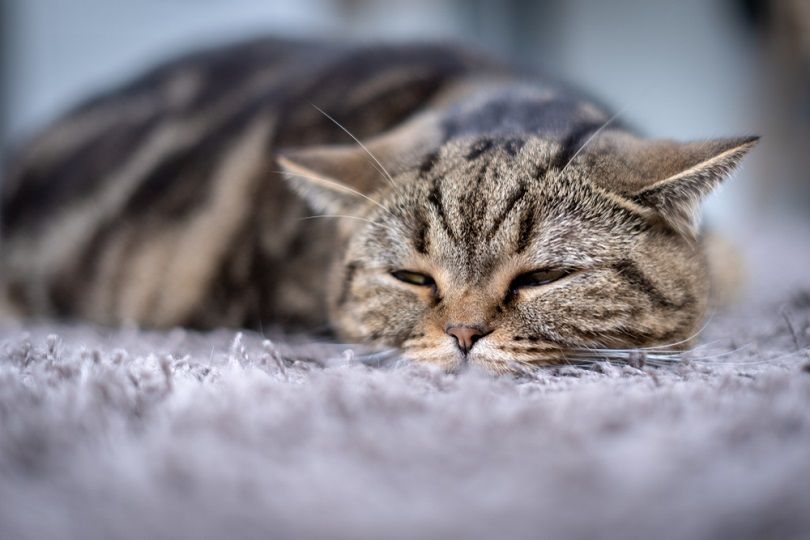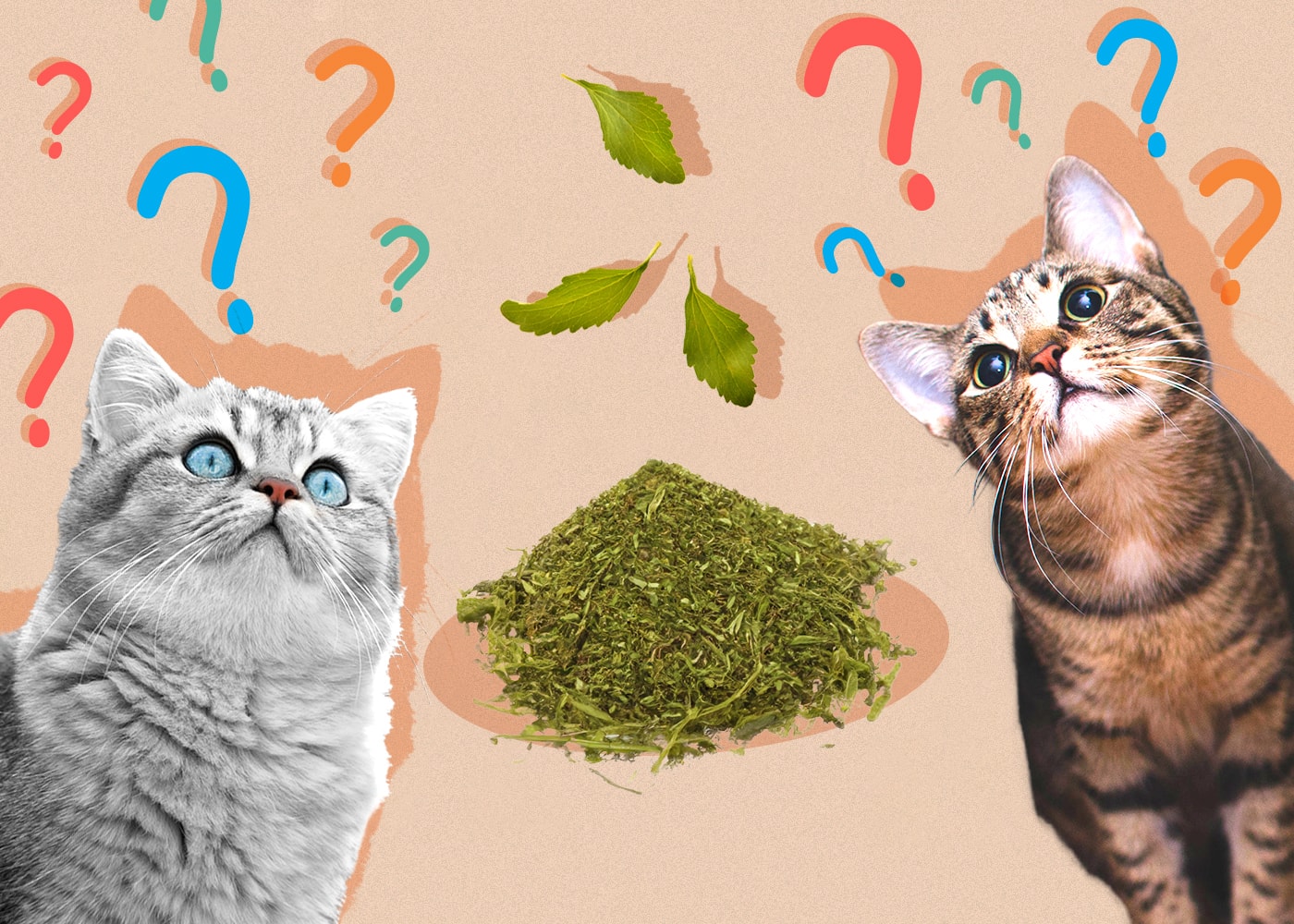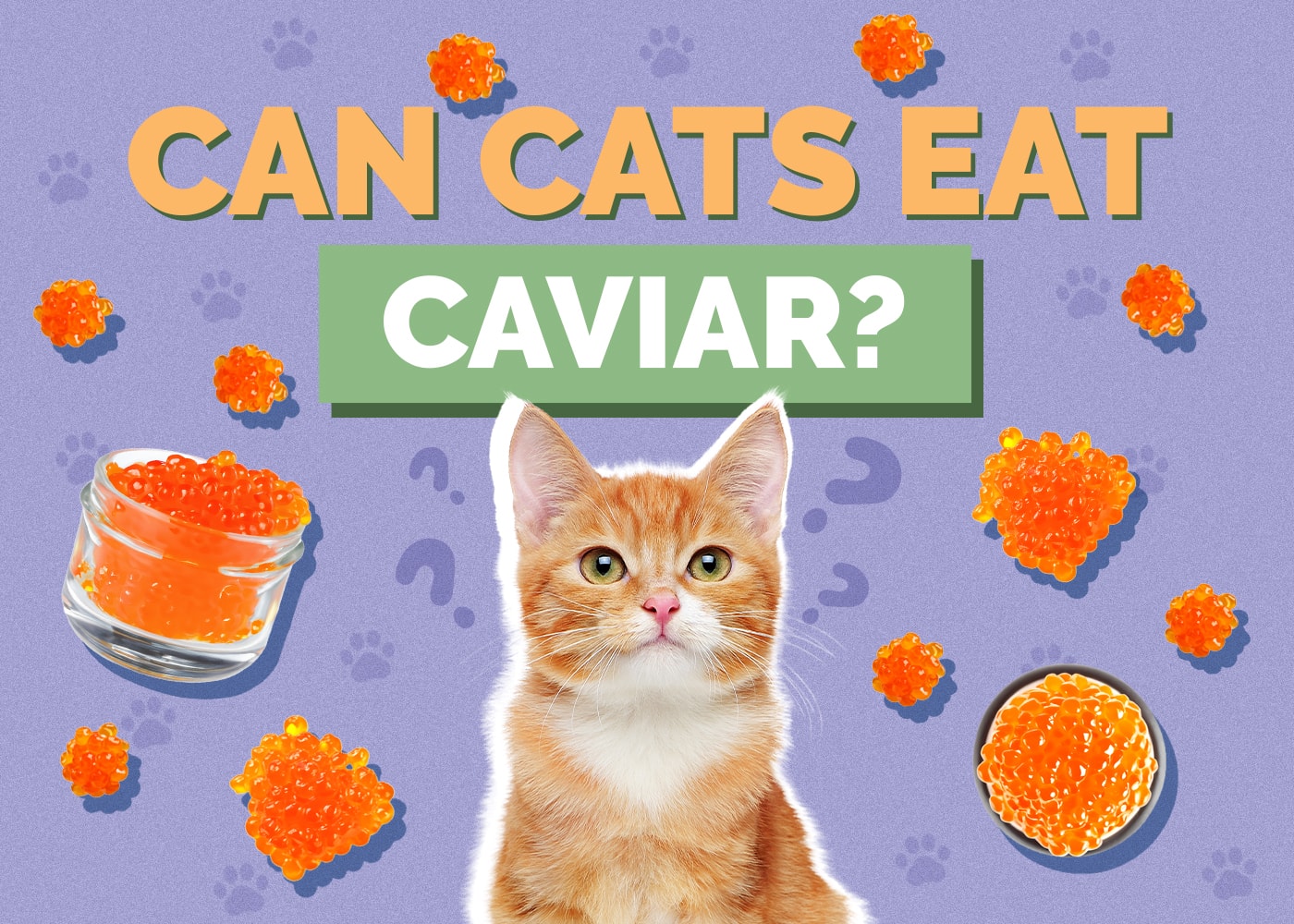Can Cats Eat Frosting? Vet-Reviewed Facts & Safety Guide

Updated on
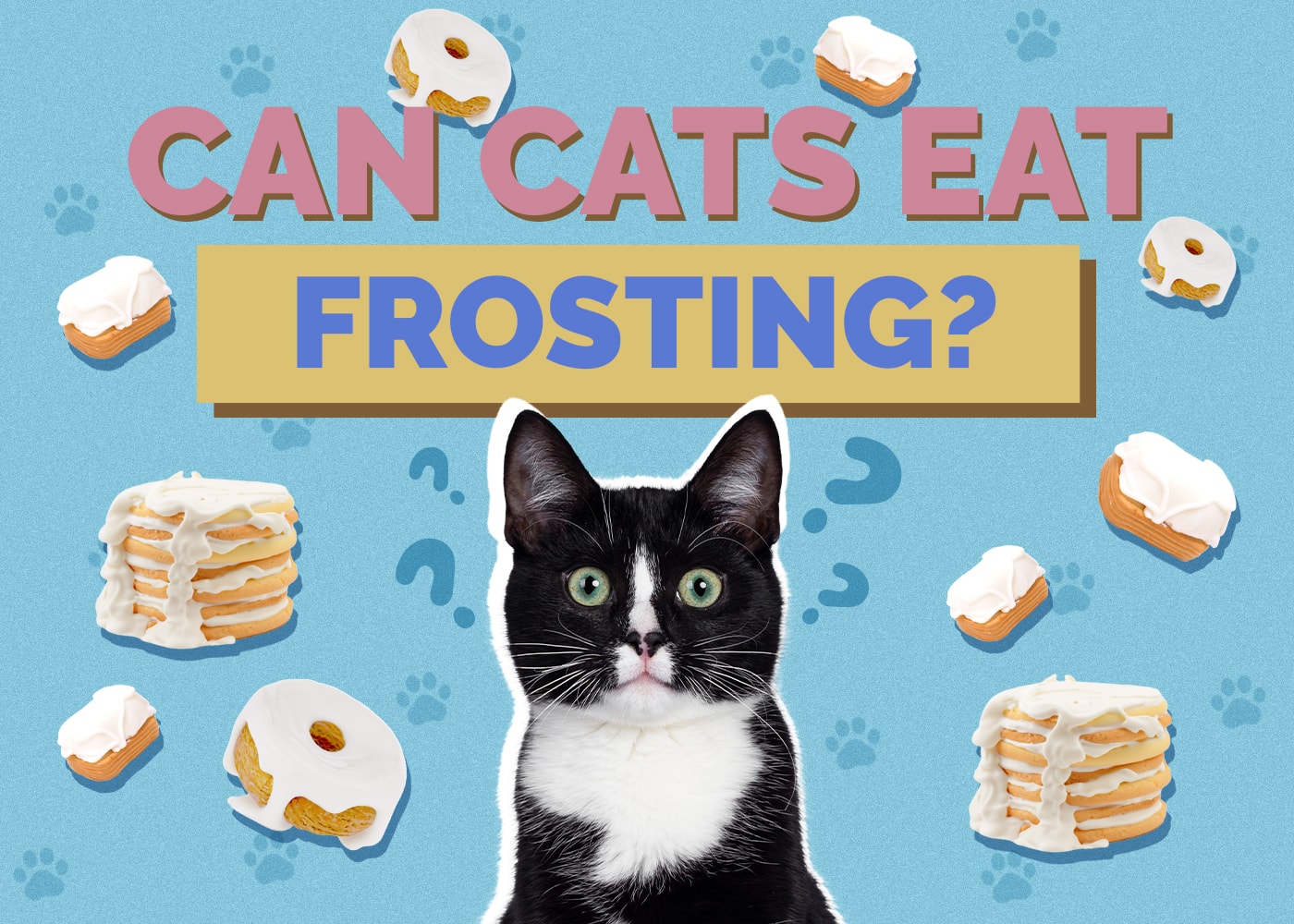
Cats are obligate carnivores, which means that they require meat in their diet to survive. But cat owners know that their cats like to sample different foods and are interested in what we’re eating. There are certain foods that cats should always avoid because they are toxic to them. Other foods, like frosting, may offer no nutritional value, but they also may not be harmful if eaten in moderation.
While cats shouldn’t be fed frosting on a regular basis, a taste or two occasionally probably won’t hurt them. In excess, though, frosting can have negative health effects. The type of frosting also matters when it comes to cats. If the frosting contains potentially toxic ingredients, your cat should not have it at all.
Let’s learn more about frosting and cats.
Do Cats Like Frosting?
You may love frosting piled high on a piece of cake and think that your cat would surely love a taste too. While they may enjoy licking a small dollop of frosting, cats cannot taste sweetness. Cats only have a few hundred taste receptors in their mouths, and none of them can recognize sweetness. Humans have a much more diverse palate, with 9,000 taste receptors in our mouths.
If they’re showing interest in eating something sweet, it’s likely due to another factor. The texture, temperature, or scent of the food is what is enticing to them and not the sugar. Cats are likely attracted to the fat content and consistency of the frosting.
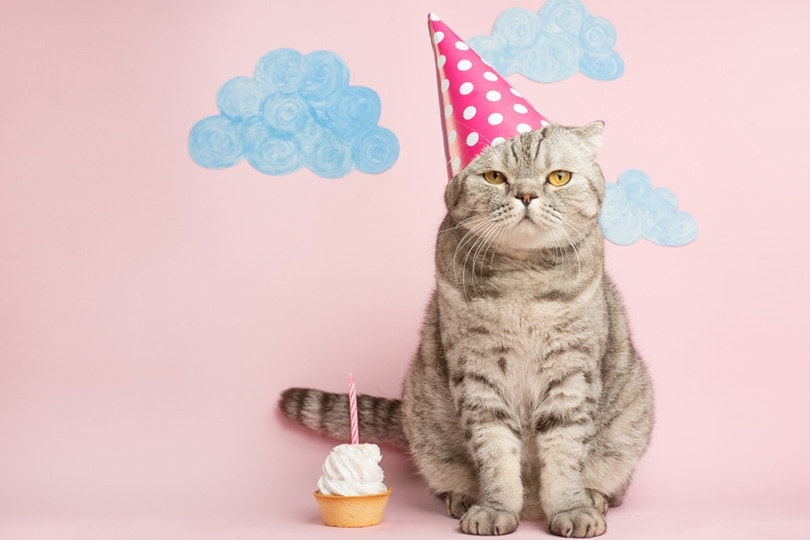
Can Cats Digest Frosting?
Cats can safely digest some types of frosting if the ingredients are safe for them. However, large amounts of sugar and fat are not things that cats were made to eat. Their bodies can have a hard time processing these components. This can result in diarrhea or vomiting if they’ve eaten too much frosting.
Many adult cats are lactose-intolerant, presenting another problem if the frosting is dairy-based. Since cats can’t digest lactose, this can lead to stomach upset and diarrhea around 8–12 hours after eating it.
A lick or two of frosting likely isn’t enough to hurt them. Digestive upset can occur if the cat eats a large amount of frosting, especially if it contains dairy. If they lick the leftover frosting from your plate, it’s probably not a cause for concern. If they find the open container of frosting and eat as much as they want, you’re likely going to have a kitty with a stomach ache.
The 3 Frosting Types That Cats Should Never Eat:
Some frostings contain ingredients that are toxic to cats. Avoid giving your cat frosting with the following ingredients, as even a small amount could be dangerous for them.
1. Chocolate
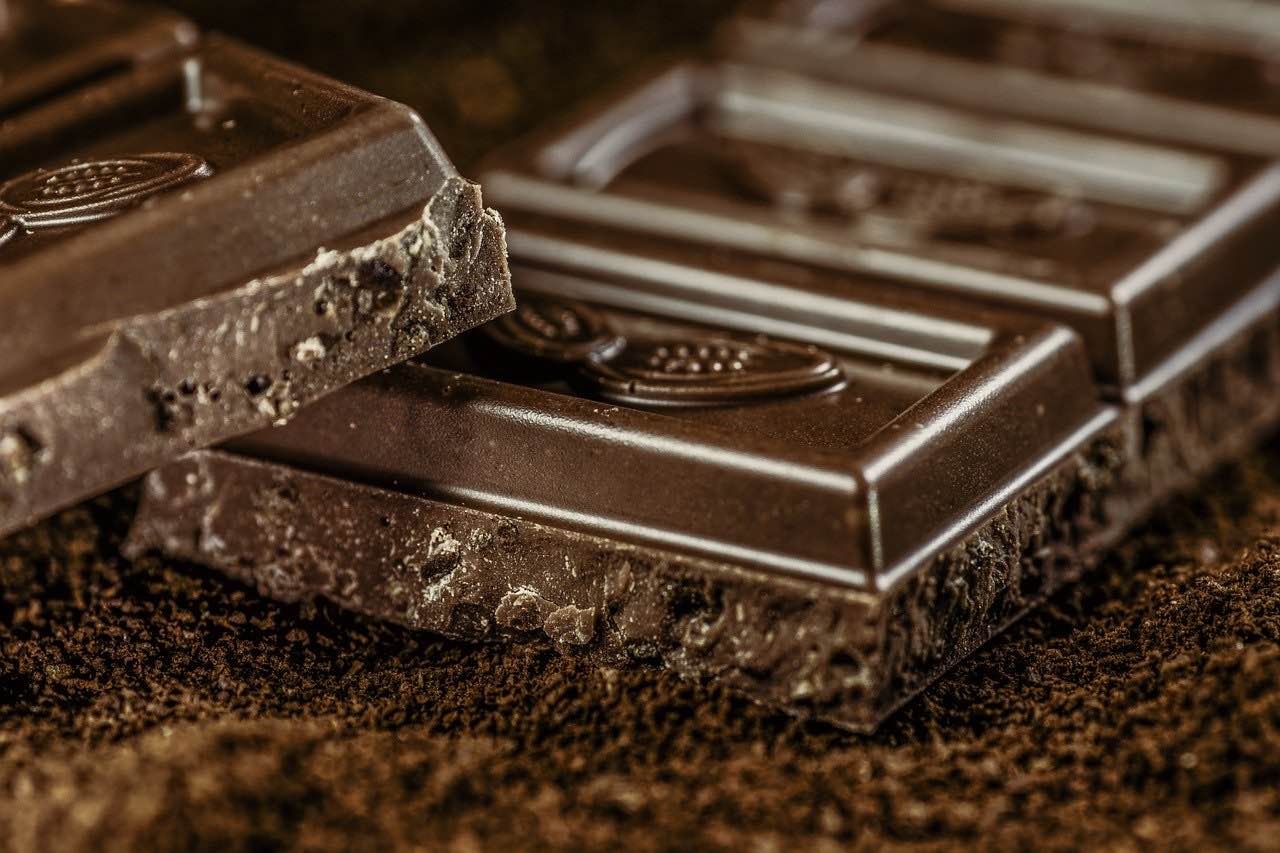
While many people know that chocolate is toxic to dogs, it’s not as widely known that it is also toxic to cats. The compounds in chocolate present dangers to both species.
Chocolate contains caffeine and theobromine, which are toxic to cats. The more cocoa present in the chocolate, the more dangerous the chocolate is.
Dark chocolate and baking chocolate are the most dangerous, and these are the chocolates mostly used to make homemade frosting. Even white chocolate can be hazardous. Chocolate frosting, either store-bought or homemade, should never be offered to your cat, even in moderation.
Signs of chocolate poisoning can occur 6–12 hours after consumption. If any of these signs are present in your cat, take them to the vet at once.
- Vomiting
- Seizures
- Panting or fast breathing
- Restlessness
- Muscle tremors
- Increased thirst
- Decreased appetite
- Diarrhea
- Coma
2. Xylitol
Low-sugar products are being sold today in abundance, and frosting is no different. You can also make frosting at home using sugar substitutes. While these are great products for people who need to watch their sugar intake, they can have negative side effects for your cat.
The common artificial sweeteners saccharin, stevia, sucralose, and aspartame are not necessarily toxic to cats. They could cause gastrointestinal upset, vomiting, and diarrhea if eaten in large amounts, however. Cats should steer clear of items made with these things, but if they happen to eat a small amount, it’s not a medical emergency.
3. Peanut Butter

Frosting made with peanut butter isn’t toxic to your cat if it doesn’t include chocolate. It’s added to this list because you’d need to use caution with this ingredient.
Peanut butter is full of fat, calories, and sodium. It can cause stomach aches in cats if eaten in large amounts. There’s also the small chance that your cat has a peanut allergy. If you notice any swelling, itching, or trouble breathing, get your cat to the vet immediately.
Large amounts of sticky peanut butter could be a choking hazard for cats. While peanut butter usually won’t cause any harm to cats, it won’t bring them any benefits either. Cats don’t need anything in their diet that is found in peanut butter. It could lead to weight gain if they eat an excessive amount of it. If your kitty doesn’t need any extra calories, peanut butter shouldn’t be fed to them.
Safely Celebrating Your Cat’s Birthday
It can be tempting to bake or buy a cake to celebrate your cat’s birthday. This is fine if humans are the only ones eating the cake.
If you’d like to get a cake that your cat can safely eat, pet bakeries are becoming more popular. Their items are made with pet-safe ingredients. Your cat can indulge and enjoy a special treat on their special day.
Making a cake for your cat at home is also easy to do! You won’t have to be concerned about the ingredients used because you did it yourself. This way, you can safely celebrate with your cat without putting them at increased risk for health issues from harmful ingredients.
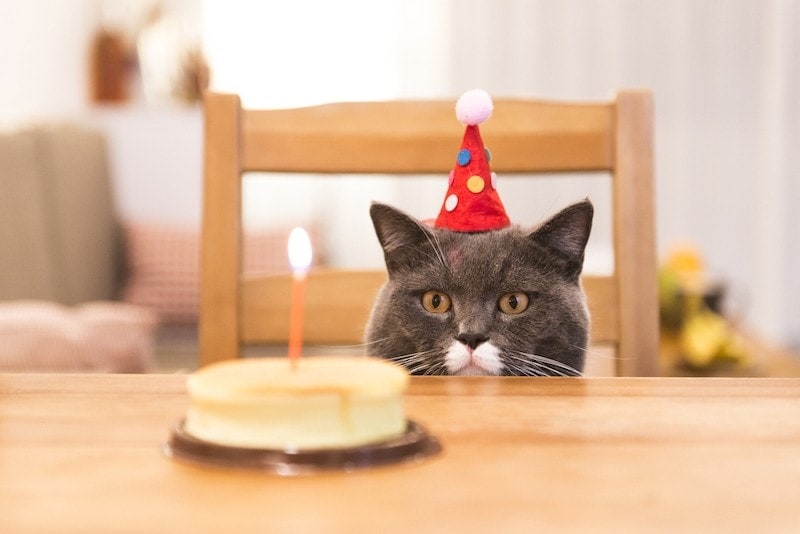
What About Icing?
Frosting and icing are two different things. Frosting is made with large amounts of fat and stays creamy. Icing is made with icing sugar and will harden when it’s dry. Icing is often used to decorate sugar cookies.
While icing isn’t toxic to cats, it’s still high in sugar and calories. It contains less fat, so you may not see any vomiting, diarrhea, or stomach upset. But an excess of calories can lead to weight gain. Obese cats can have health issues just from being overweight.
Icing should not be given to your cat, especially in large amounts. It isn’t toxic to them, though, so if they have a taste, it isn’t a cause for concern.
Now that you know what you can safely feed your cat, it’s just as important to find a bowl that supports their health and well-being. With whisker-friendly bowls and a wide tray to catch any spills, our Hepper NomNom Cat Bowl is our favorite option.
Conclusion
A taste or two of frosting is usually fine for cats. But just because they can eat frosting does not mean they should. If you’re tempted to give your cat a taste of frosting, make sure that it’s not made with any ingredients that are toxic to them. Avoid chocolate, especially.
High-fat, high-calorie foods were never meant for your cat to eat. They can lead to weight gain, stomach upset, diarrhea, and vomiting. Cats shouldn’t eat frosting regularly. If your cat has eaten chocolate frosting, watch for signs of toxicity and contact your vet right away.
See also:
- Are Cats Obligate Carnivores? Vet Approved Facts & Recommendations
- Can Cats Eat Twizzlers? What You Need to Know!
Featured Image Credit: congerdesign, Pixabay




